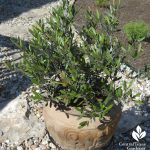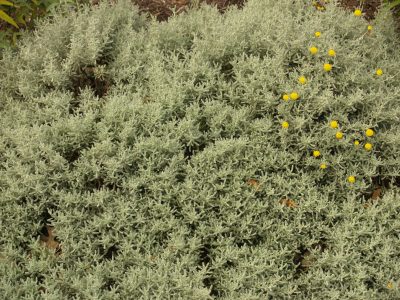Animals are chewing the bark on my young trees. Is this fatal and what can I can do?
Many of us are troubled by mammals that chew the bark of our young trees. Thank you to Connie Lawson who asked us what to do about her young elm that a porcupine chewed!
Will young trees recover? Unfortunately, the answer is maybe yes, maybe no. It all depends on the extent of the damage. The growing tissue, called the cambium, of young trees, is located very close to the surface, so if the bark is damaged, the growing tissue most likely is too, and the plant cannot regrow this very important area.
But if the damaged area is small, the tree will grow around it, and create other connections from the roots to the growing tissue above. Eventually, the damaged area will be covered by new bark and will be less susceptible to secondary infestations of insects and diseases.
Younger trees recover faster than older trees. And many times, critters are more attracted to younger trees, whose bark is more tender and less thick, so quite often the tree is able to recover.
If you notice any damage, or if you know that you have critters living in your area, protect the tree by enclosing it in a fence for a few years, until it gets old enough and has thick enough bark to be less attractive to animals. Once the bark is thicker, the tender growing area is much farther from the surface, so even if you have damage, maybe from a deer rubbing his antlers on the tree, the cambium won’t be damaged.
How can you protect your tree? You definitely don’t want to use plastic or other materials to wrap the tree; those will trap moisture next to the bark, creating a perfect environment for insects and diseases.
Hardware cloth makes a very good fence. Place it around the tree, very close, so that critters can’t sneak in, but not directly touching the tree.
Should you spray anything on the damaged area to protect it? No, that isn’t necessary. It won’t help keep animals away and will actually inhibit the plant’s natural ability to eal itself.

 Bob Beyer
Bob Beyer Amanda Moon
Amanda Moon Olive and Fruit Tree List
Olive and Fruit Tree List Daphne Richards
Daphne Richards
 John Dromgoole
John Dromgoole Vegetables in Containers
Vegetables in Containers